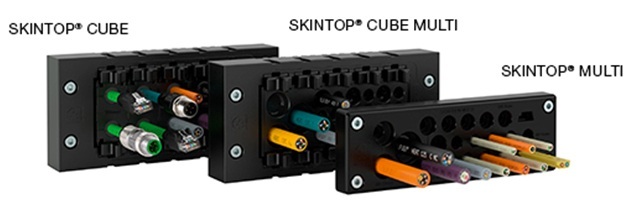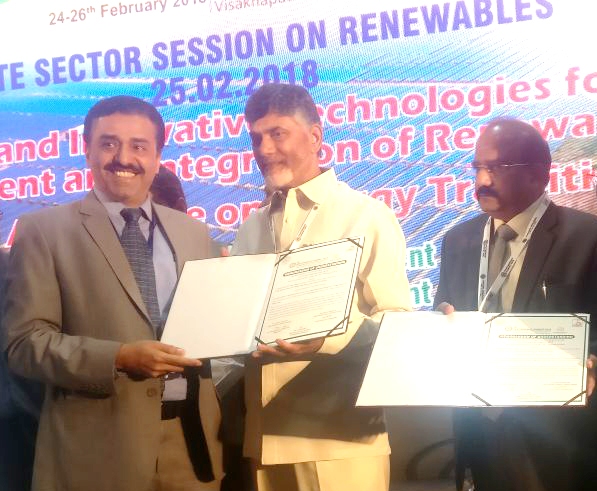March 2018
Ajithkumar Kesavan, Director Marketing & Sales, Lucy Electric India
- Mar 15, 2018
India’s private discoms have been at the forefront of recent smart grid development. Both wholly-owned and public-private discom consortiums, have invested in advanced metering infrastructure (AMI), IT, and automation solutions to reduce network losses and improve grid reliability. Read more
Reduce Power Outages by Unleashing the Digital Power Distribution Grid
- Mar 10, 2018
Millions of people lose access to electricity every year due to natural disasters. Even in India, floods extreme temperatures and other natural issues along with antiquated energy infrastructure in places often lead to power outages and deprives millions Read more
Cable bushing system by Lapp
- Mar 6, 2018
LAPP has introduced SKINTOP® cable bushing system, which turns chaos into order. SKINTOP® cable bushing system allows cables of different diameter sizes to be fitted into a single platform safely and in an orderly manner. It simplifies cable Read more
Avaada Power to develop 500 mw solar portfolio in Andhra Pradesh
- Mar 1, 2018
Avaada Power Pvt. Ltd has partnered with Andhra Pradesh to develop 500 mw worth of utility-scale solar projects. To this effect, Avaada plans to invest Rs.3,500 crore in the state. The agreement was signed at “CII Partnership Summit Read more
Lakshadweep joins UDAY, hopes to save Rs.8 crore
- Mar 1, 2018
The government of India and the Union Territory of Lakshadweep signed a memorandum of understanding (MoU) under the Ujwal Discom Assurance Yojana (UDAY) on February 28, 2018. The scheme aims at operational turnaround of the Union territory’s Electricity Read more






